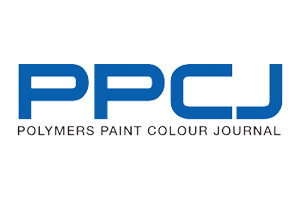
Paints and coatings companies in the European Union (EU) storing potentially dangerous chemicals on their premises will have to, by 2015, abide by tougher management standards preventing industrial accidents. This is because the European Parliament, the European Commission and the EU Council of Ministers have struck an agreement on the contents of a new law – the Seveso III directive – that will include new safety rules for chemical-using businesses.
Named after the site (in Italy) of a notorious 1976 chemical industry accident, the law will force coatings manufacturers to "progressively improve on their level of safety”, said a communiqué from the Danish government, that currently holds the presidency of the EU.
Tightening rules already in place under the 1997 Seveso II directive, the new law will also force EU member states to publish information on the Internet about the location of plants covered by the directive and information on how the public should react in a chemical accident emergency. It protects protestors’ rights to launch court challenges to planning decisions on the siting of such plants. The legislation covers all companies handling toxic chemicals, oil and petrol, including metallic minerals and ores.
- Meanwhile, negotiations are under way over the proposed EU research programme Horizon 2020, which will run from 2014 to 2020 with the European Parliament and the EU Council of Ministers arguing over the size of its budget. The European Commission has proposed €80bn be spent, with €4.2bn for research on nanotechnology and advanced materials, advanced manufacturing and processing available to the paint and coatings industry. However, with national governments facing tough budget squeezes, the pressure is on to trim EU spending and Horizon 2020 defenders are fighting their corner in talks.
The European Parliament’s industry, research and energy committee is leading MEPs in the negotiations and has established four panels to push spending on the programme. Portuguese conservative MEP Maria da Gracia Carvalho argued research spending will underpin European economic performance: "The competitiveness of EU industry is a crucial issue in today’s economic situation.”
The European Commission has also released a string of briefing notes on successful paints and coating research projects, which are funded by the current EU research budget – its Seventh Framework Programme for research. These include the HEFEST project, developing intumescent halogen-free paints and varnishes using nano-composite structures and nanofillers (hybrid organic-inorganic systems, carbon nano-tubes) – http://www.hefest.info/; and the CLIPP project, designed to ease the recycling of industrially painted packages, parts and extruded films – www.clipp-project.eu.
It has also released papers on commercial success regarding older research projects from the earlier Sixth Framework Programme, such as powder paint applicator project PROTECC – http://lib.bioinfo.pl/projects/view/21162; anti-corrosion coatings created by plasma-assisted chemical vapour deposition project MATECO – http://cordis.europa.eu/documents/documentlibrary/ 127030151EN6.pdf; and hygienic coatings with active anti-bacterial and fungal ingredients project Hycore – http://cordis.europa.eu/documents/documentlibrary/ 125670281EN6.pdf.




